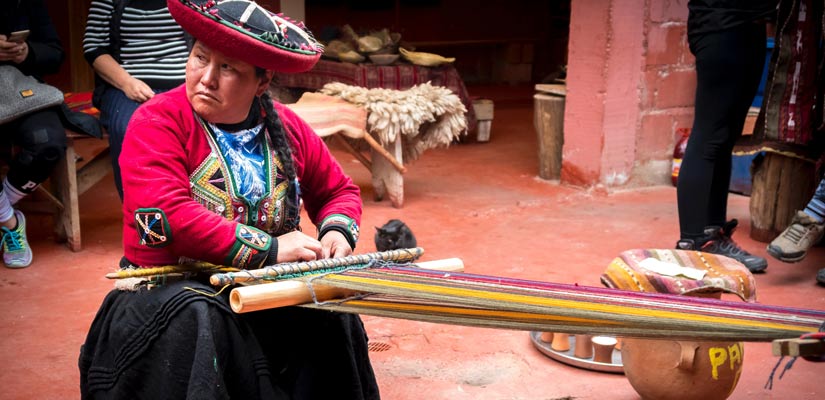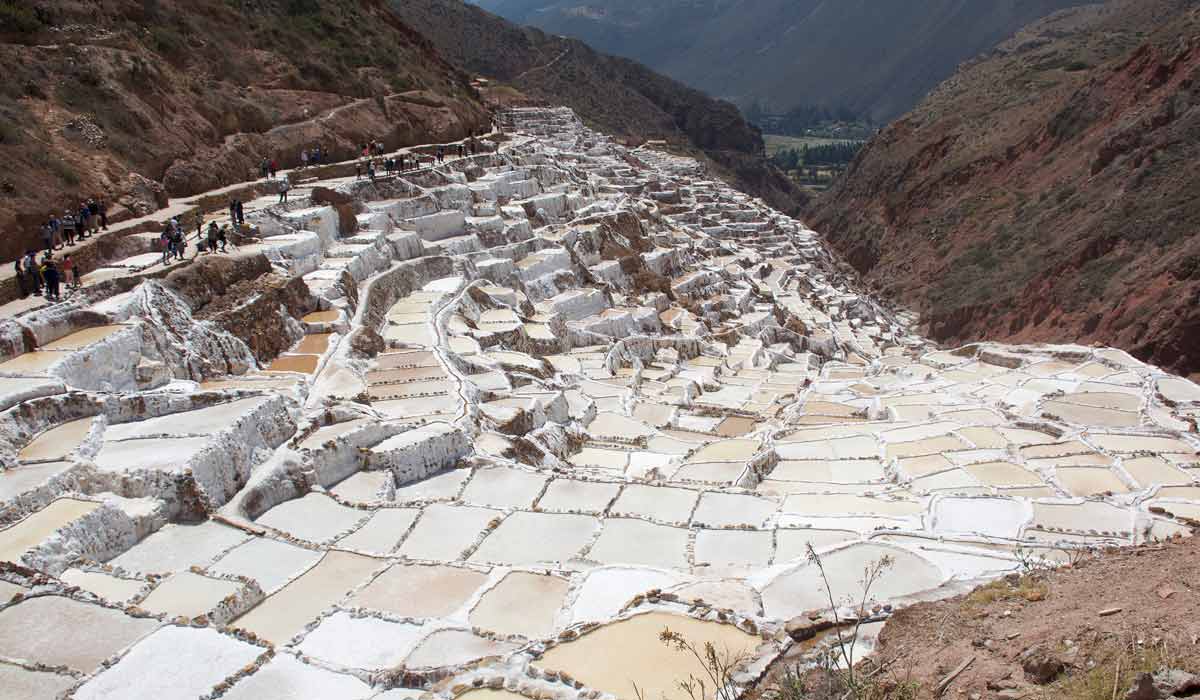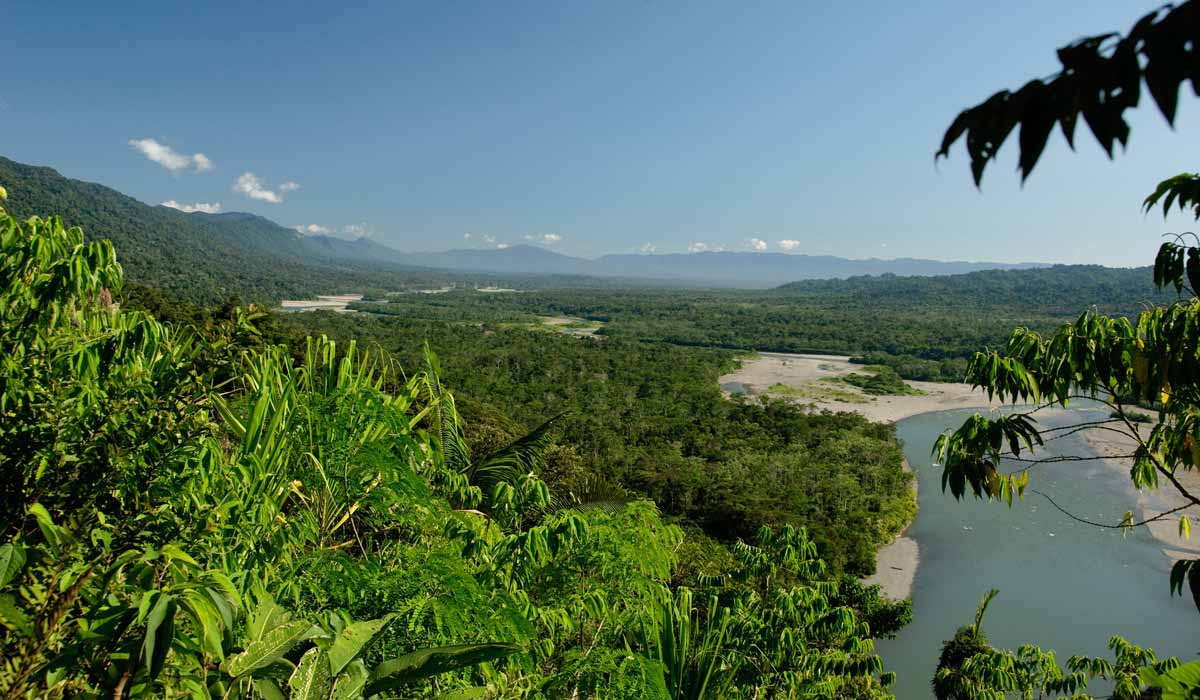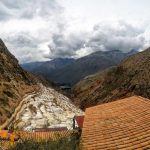This post is also available in:
 Español
Español
We are sure that if you have reached this post, it is because you are planning your next visit to Peru. If you let us advise you, in addition to the mandatory stop at Machu Picchu, we recommend you to write down in your list the visit to Salt Mines of Maras, Moray and Chinchero, very close to the city of Cusco.
You may be wondering… what is this about Maras, Moray and Chinchero? To answer this question, we invite you to read on to discover what these three towns in the province of Urubamba, in the Peruvian Andes, have to offer.
What are the Maras Salt Mines?
Located in the Sacred Valley, and only 10 kilometers from Maras, Maras is known for having more than 3,000 salt pools. This is since hundreds of years ago, the Incas decided to take advantage of the high salt concentration offered by the Qaqa Wiña mountain, building small pools along the slope.
Therefore, this allowed them to stagnate the water of the hypersaline subway spring that crosses these lands, originated more than 110 million years ago, in the process of formation of what we know today as the Andes Mountains. When this water evaporates, the result is the famous maras salt.
Throughout history, the salt obtained in the Maras salt pools were used to treat food, and later, as a commercial product due to its healing properties. Certainly, this was the main reason why the Spanish, back in the 15th century, decided to establish this city a few kilometers away from the pools.

Currently, the salt producers continue to work at full capacity. When visiting Maras, we can buy as a souvenir the typical salt jars from the local stores. And bearing in mind that it is so beneficial to one’s health and is pink!, who wouldn’t want to take a handful of salt as a souvenir?
Archaeological sites in Moray
Another jewel that Peru offers us, only 5 kilometers away from the town of Maras and 15 kilometers from Ollantaytambo, are the archaeological ruins of Moray. This town is known for its complex agricultural constructions, in the form of terraces one above the other in a concentric way, forming a kind of agricultural amphitheaters.

These buildings, built by the Incas, owe their shape to the fact that they were once a kind of agricultural laboratory. Each one of these platforms has an approximate height of 1.8 meters. This allowed farmers to obtain specific microclimates on each platform, thus providing them with different products according to the level at which they were located.
Differences of up to 15ºC have been calculated between the highest part of a platform and the lowest one, and a height of 150 meters in the deepest “hole” found so far.
With this variation in climate on different platforms, it is believed that the locals obtained around 250 different varieties of vegetables in the same hole. To achieve this, the Incas used complex hydraulic systems that worked separately on each of the terraces.
Chinchero market
Finally, we must talk about the town of Chinchero and its market. This beautiful place, located halfway between Cuzco and Maras, offers us spectacular views of the Vilcabamba and Urubamba mountain ranges.
It is worth mentioning this town located at more than 3,7000 meters of altitude, its traditional and colorful market. Along with all the posts, we can find from agricultural varieties of the zone to handicraft with the fabrics and discover the process to obtain these so special tonalities in their traditional clothes.

Without a doubt, a market far from the tourist industry. Most importantly, this market has always been dedicated to the textile trade in the area and is one of the most important in the region.
We can not forget its buildings, among which are Inca ruins, the Plaza de Armas, and the Church of Montserrat. This colonial church made of adobe was built on ancient remains of Inca buildings. Right next to it, the typical agricultural terraces located on the slope of the valley are still used today by the locals.
In conclusion, after learning about these villages, have you already decided to visit this beautiful area of the Sacred Valley of the Incas?
We are sure that this visit to the Salt Mines of Manas, Moray, and Chinchero is gonna be a great experience.





